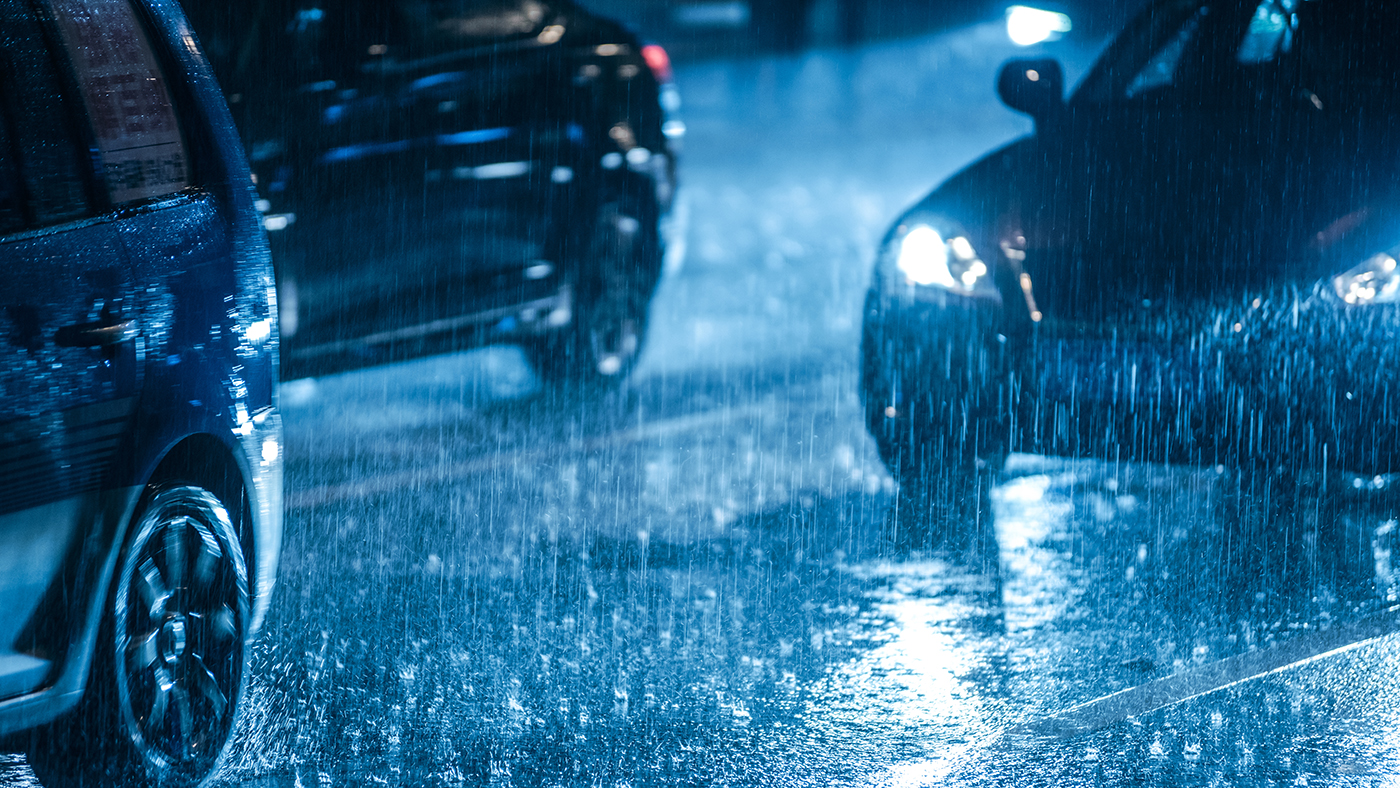How to Keep Your Car Safe From Severe Storms
How to Keep Your Car Safe From Severe Storms
 iStock
iStock
Strong winds, hail and flooding from severe storms can all seriously damage your car. Here are a few ways to protect your ride before, during and after bad weather.
Before the storm
Know when bad weather will arrive. The earlier you know about a storm, the more time you’ll have to take action. As a member of AAA, you can get text and/or email alerts about extreme weather for free. It’s also important to understand what the weather alerts mean. For example, a watch means conditions are favorable for the development of a specific weather condition, such as a thunderstorm or flash flood. A warning means that a specific weather condition is occurring or is highly likely to occur.
Properly maintain your car. If you’re caught on the road when a storm arrives, you’ll want to be able to see and be seen clearly. That means making sure that your windshield wipers, headlights, taillights, brake lights and turn signals are working. Also, regularly check your tires’ tread depth and pressure . Replace your tires if they are too worn, or add air if needed.
Review your auto insurance policy. Get a better understanding of what storm-related damage is covered by meeting with an insurance agent for a review .
When you know a storm is headed your way:
- Park in a protected area, such as a garage. If you must leave your car outdoors, park it away from trees and low-lying areas that may be prone to flooding.
- If the predicted storm is severe enough (such as a hurricane), plan your evacuation routes. Also be sure to fill up your gas tank—AAA Members can save at least 5¢ per gallon at Shell when joining the Fuel Rewards® Program (terms apply).
- Prepare an emergency kit for your car. Here is what to include for winter storms.
During the storm
Avoid driving when a storm is threatening. If the weather gets severe when you’re on the road, find a safe, protected place to pull over.
If you do drive, take extra precautions. Slow down and avoid hard braking and sharp turns. Also allow more stopping distance between you and the car in front of you. Here are more tips for driving on snow and ice.
Never drive through standing water. What looks like a shallow puddle could actually be several inches deep, enough to stall your engine and strand you.
After the storm
Beware of hazards. Even if the weather looks calm, don’t drive until you hear or see an official message that the storm has passed. Always heed warnings about flooded roads. Stay clear of fallen power lines and watch out for overhead lines that may be hanging low.
If your car is damaged, contact your insurance company immediately. You’ll want to get the claims process started as quickly as possible. If your car has any broken windows, protect it from further damage by covering the windows with plastic or another material.